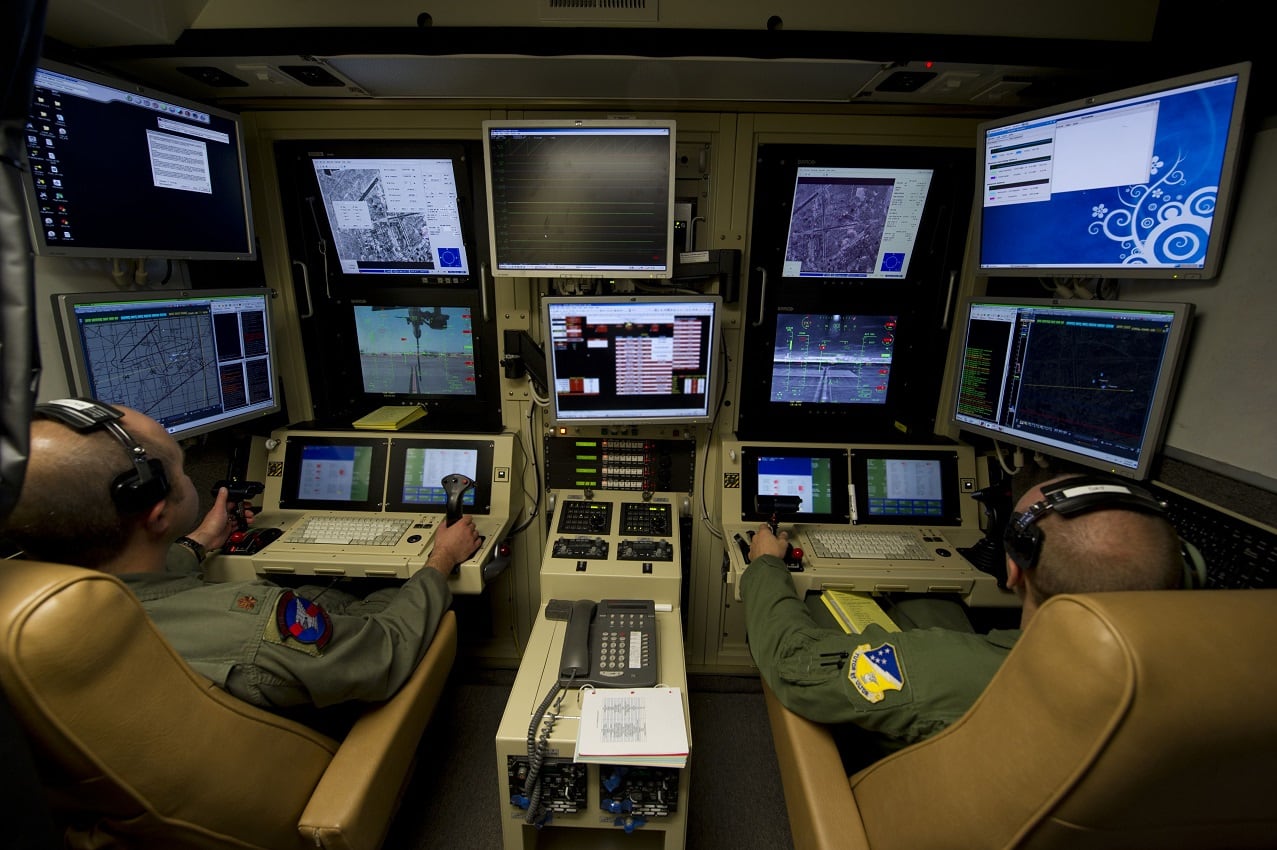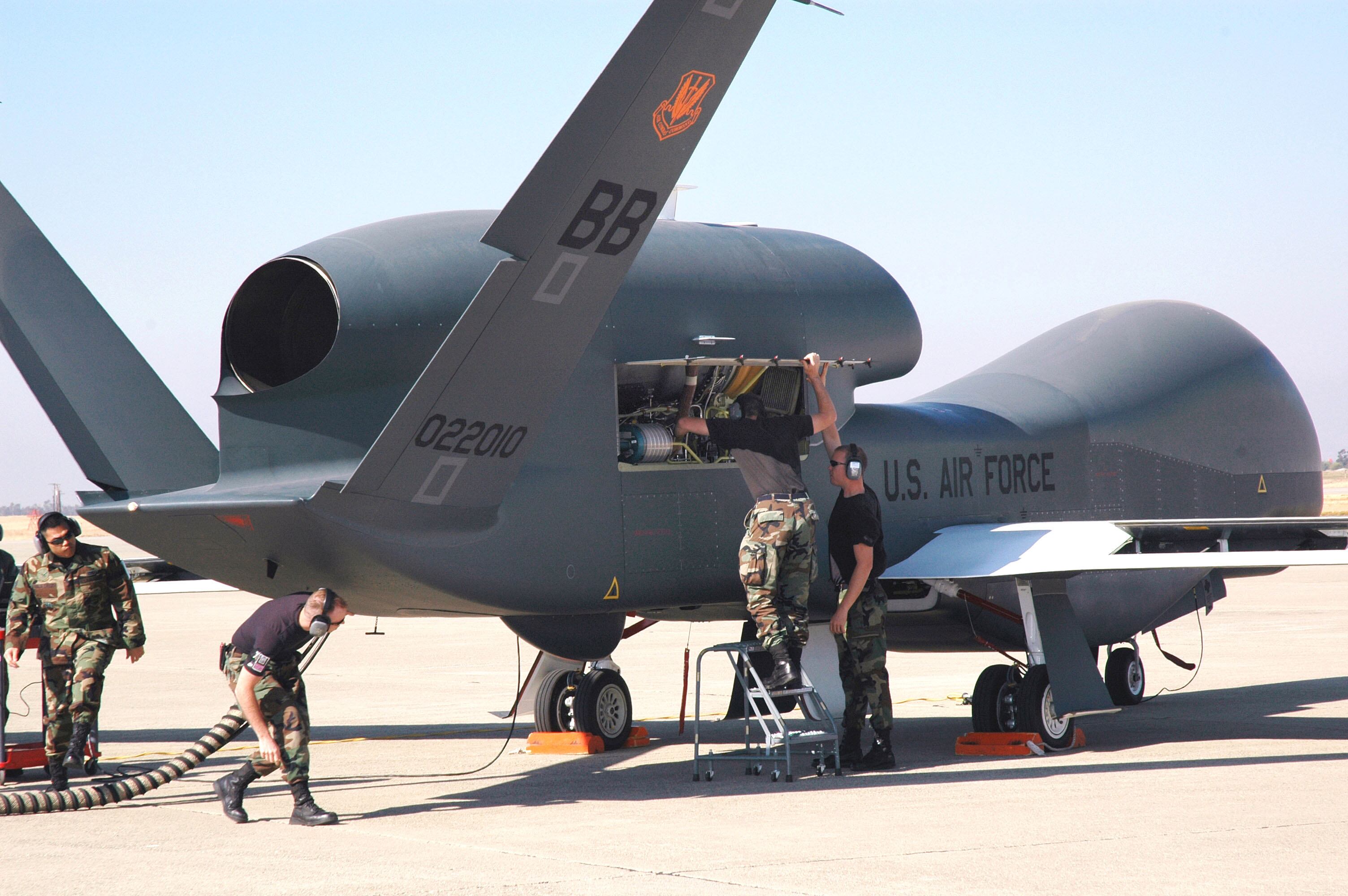The Air Force has begun selecting the next group of enlisted airmen who will train to fly remotely-piloted aircraft.
The annual enlisted RPA selection board — the second convened by the Air Force — convened Wednesday to start choosing 30 airmen from the 134 candidates who submitted complete application packages, the Air Force Personnel Center said in a release. The board is expected to finish reviewing applicants on Friday.
The board will also choose 10 alternates in case some candidates drop out, for a total of 40 enlisted airmen chosen.
The Air Force expects to announce who it has chosen to learn to fly the unarmed RQ-4 Global Hawk intelligence, surveillance and reconnaissance drone by the end of February.
RELATED

“Integrating enlisted pilots into the RQ-4 community enables the Air Force to meet mission requirements as the ISR mission grows, while tapping into the talent of our skilled, diverse and innovative enlisted force,” Senior Master Sgt. Holger Dunwald, AFPC’s enlisted aircrew assignments manager, said in the release.
The window to apply for the third RPA selection board will open in April.
Last March, the Air Force announced it had chosen 30 enlisted airmen to train to fly Global Hawks in 2017 and 2018. Those airmen were scheduled to begin Initial Flight Training at Pueblo Memorial Airport in Pueblo, Colorado, before moving to Joint Base San Antonio-Randolph in Texas for the RPA Instrument Qualification Course and RPA Fundamentals Course.
RELATED

Enlisted RPA pilot trainees then attend Basic Qualification Training at Beale Air Force Base in California. The entire training process typically takes almost a year.
The Air Force also selected five alternates last year. AFPC spokesman Mike Dickerson said that the service increased the number of alternates chosen this year to give it greater flexibility.
The Air Force opened the doors to enlisted RPA pilots in December 2015, after a lengthy study. The service hopes allowing enlisted airmen to fly Global Hawks will ease the demand on the RPA community, which has grown as combatant commanders become more reliant on their ISR capabilities. The move is also intended to give enlisted airmen more career opportunities.
Stephen Losey is the air warfare reporter for Defense News. He previously covered leadership and personnel issues at Air Force Times, and the Pentagon, special operations and air warfare at Military.com. He has traveled to the Middle East to cover U.S. Air Force operations.





